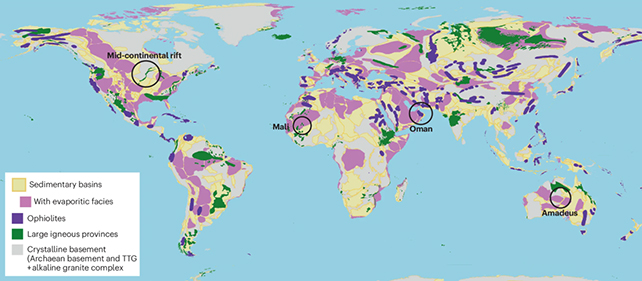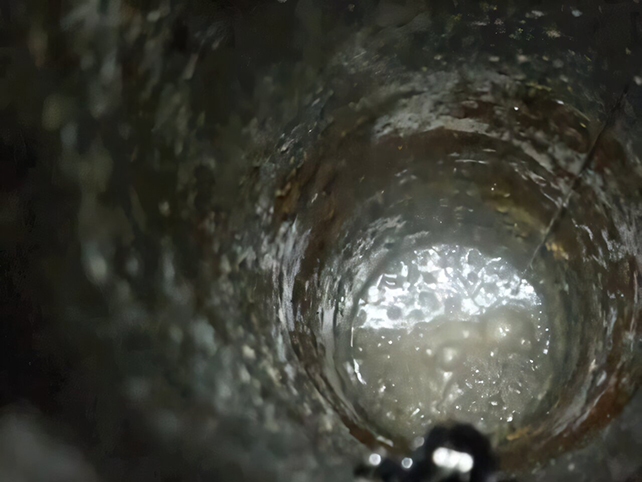We already rely heavily on hydrogen gas as a fuel source, and it's considered key to reaching crucial carbon-neutral goals.
Now researchers have come up with a recipe for naturally forming hydrogen, which could help locate the vast reserves of the gas that are locked away in Earth's crust.
Tapping into these reserves, the researchers say, could meet our hydrogen energy needs for up to 170,000 years. It would mean we no longer have to use hydrocarbons to produce hydrogen – which contributes to carbon dioxide emissions.
The new recipe was put together by a team from the UK and Canada. The cooking time, they estimate, is around a billion years.

"We have successfully developed an exploration strategy for helium and a similar first principles approach can be taken for hydrogen," says geoscientist Jon Gluyas, from Durham University in the UK.
Hydrogen forms in Earth's crust as water interacts with rocks that are either rich in iron or contain radioactive elements. Certain other criteria must be met too, in terms of temperature, pressure, timing, and containment.
By considering all these factors and mapping where they are present on Earth, the researchers came to the conclusion that there could be plenty of hydrogen waiting to be tapped into – as there is at the Bourakebougou site in Mali, for example.

The next problem is finding it. The recipe put together in this study lists the ingredients that experts can look for – and they all need to be included for hydrogen to be found. The research also acts like a treasure map of sorts, pointing to regions where conditions are favorable for hydrogen formation.
"We know for example that underground microbes readily feast on hydrogen," says earth scientist Barbara Sherwood Lollar, from the University of Toronto.
"Avoiding environments that bring them into contact with the hydrogen is important in preserving hydrogen in economic accumulations."
Many other researchers are also busy with this task. A study published earlier this year suggested there could be extensive hydrogen reserves locked away in the world's mountain ranges, created by the push and pull of tectonic plates.
Hydrogen is crucial today, particularly in fertilizer production to help feed the world. Demand for the gas is expected to surge, from 90 million metric tons (99 million US tons) in 2022 to 540 million metric tons by 2050. While there are artificial ways of creating hydrogen, they're expensive and not carbon neutral.
There's still a lot of work to do to locate and extract natural hydrogen – and it's going to be a finite resource when we do find it – but research like this suggests it's a viable option for a future with cleaner energy.
"One successful exploration recipe that is repeatable will unlock a commercially competitive, low-carbon hydrogen source that would significantly contribute to the energy transition," says geochemist Chris Ballentine, from the University of Oxford.
The research has been published in Nature Reviews Earth & Environment.
